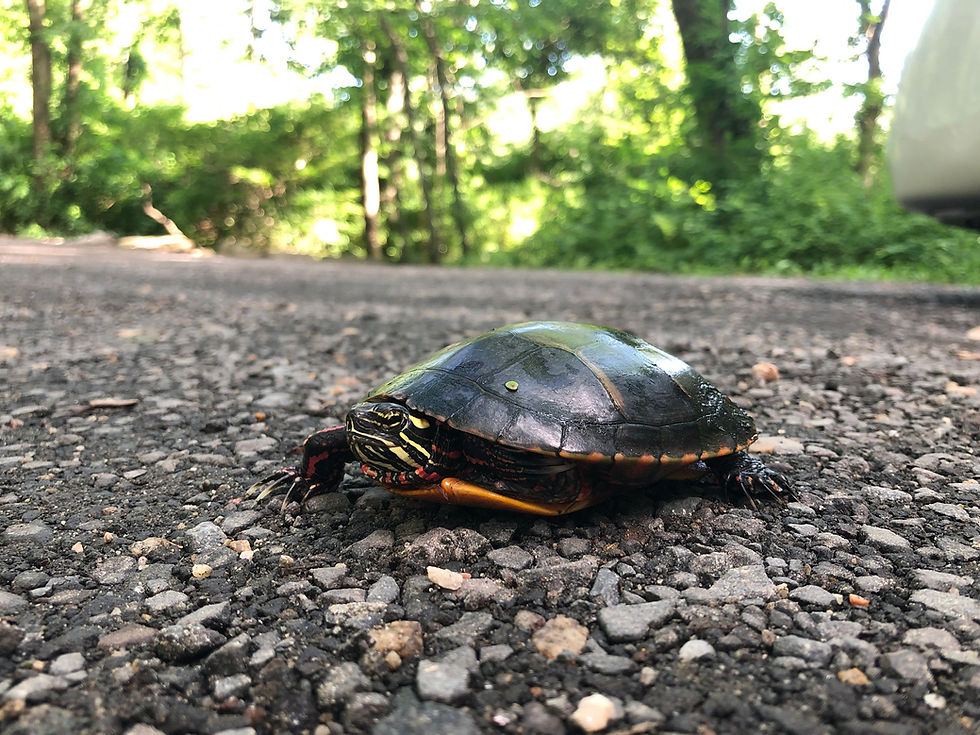Migrating Monarchs!

By Jennifer Meikle, Environmental Educator
Did you know that Monarchs migrate? The Monarch Butterflies of New England are the rare few adult butterflies who live longer than six weeks. They can live up to nine months, which is long enough to migrate from here to central Mexico! This is an approximate 3,000-mile trek, which takes about two months! Monarchs are also particularly unique because they are the only butterfly that makes a long two-way migration. In August, they begin their Fall migration. The Eastern Monarchs embark on their flight toward their overwintering grounds, the mountainous fir forests in Central Mexico. They migrate at a rate of 40 to 100 miles per day and can fly up to 30 miles per hour. Along the way there, they rest and refuel at stopover sites where they can get nectar and shelter during harsh weather. These patches of wildflowers are crucial to their journey. This is a big reason why it is so important to conserve natural habitats and maintain plant diversity.
The butterflies that make it to Mexico are the same ones who set off on their journey from New England. They remain in the forests from November to March. It is in Spring that they set off on their return course back North, mating and laying eggs along the way. Amazingly, it’s the children and grandchildren of the original generation of butterflies that finally make it back to New England where the migration began to do it all over again! No one knows for sure how these butterflies navigate from breeding grounds to overwintering grounds and back. Some researchers think it is the magnetic compass and topographic cues like rivers and mountain ranges that contribute to the Monarch’s navigational abilities.
Sadly, the Monarch Butterfly has recently been placed on the IUCN (International Union for Conservation of Nature) Red List with Endangered status. The Monarch population has declined by about 90% over the last two decades, likely due to habitat destruction, climate change, and the increased use of herbicides and pesticides. You can help create more habitats for Monarchs by planting native plants that Monarchs need for every stage of life, such as milkweed for Monarch caterpillars and late blooming plants such as asters and goldenrod for adult Monarchs. Do this in your yard, at schools, parks, or anywhere else where you can get involved, and don’t forget to cut out pesticide use! You can also support the conservation of native grasslands and projects like Pollinator Pathway that aim to create a corridor of native plants on green space wherever possible to support pollinator populations.
For a delicate little insect, this migration is an extraordinary journey! If you happen to see one flying by during this time of year, you’ll know where it’s headed. Wish it luck on its travels!
Citations:
Holland, M., & Kaneko, C. (2019). Naturally curious: A photographic field guide and month-by-month journey through the fields, woods, and marshes of New England. Trafalgar Square Books.
https://monarchjointventure.org/get-involved/create-habitat-for-monarchs
https://www.pollinator-pathway.org/
https://monarchjointventure.org/monarch-biology/monarch-migration
https://www.iucn.org/press-release/202207/migratory-monarch-butterfly-now-endangered-iucn-red-list





